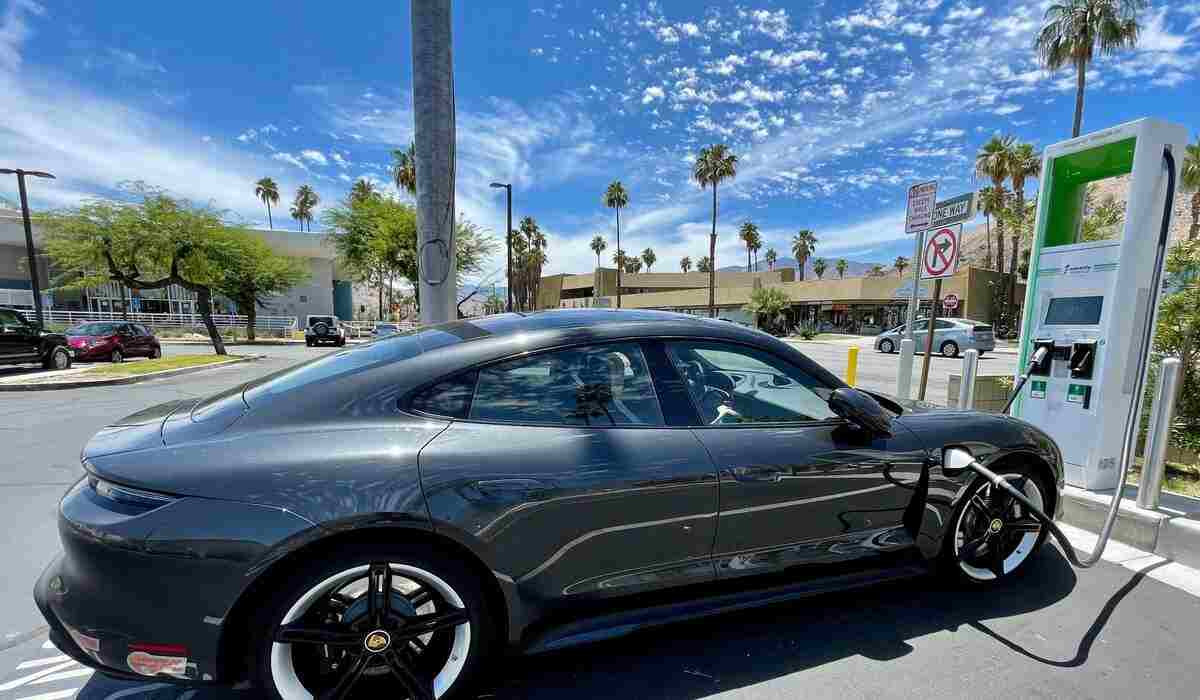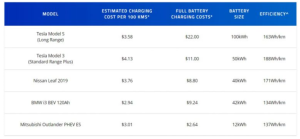How Much Would You Save if You Own an Electric Car?

The general public is constantly debating the advantages and disadvantages of electric vehicles versus petrol cars. Costs quickly become one of the most critical things that people discuss.
Do electric vehicles actually save money? What’s the cost per km of an electric vehicle compared with a traditional fuel-fed car? Is it really worth it to buy an electric vehicle to save costs?
This article will compare the cost in three aspects.
- Upfront costs
- Costs per km
- Maintenance costs
Upfront Costs
The first thing that comes to our mind is the vehicle cost. EVs are generally more expensive than traditional internal combustion vehicles. However, the good news is the pricing of EVs are decreasing every single year. This is mainly because the demand for EVs is increasing year by year, meaning that higher volumes of vehicle parts are being produced, resulting in a lower cost.
Popular brands like Tesla have recently announced another price drop for the top-selling electric sedan – Tesla Model 3. The price dropped to an all-time low of $59,990 before the on-roads cost. This is not including the $3,000 rebates in NSW and VIC.
We can say that in the near future, the average price of EVs will continue to drop as the price disparity in cost is just a simple case of economies of scale. The more EVs are sold annually, the cheaper the EVs will be.
Costs per km
According to Australia’s Electric Vehicle Council, driving an EV will save you around 70% compared to driving a fuel-fed car. On average, driving an EV will save you $1,600 per year.
Let’s take a closer look at the electricity rate from state to state. Below we’ve listed the typical electricity usage rates across QLD, VIC, SA, and NSW. This was done by calculating the average usage rates of flagship market offer contracts from six leading electricity retailers – AGL, Origin Energy, EnergyAustralia, Red Energy, Click Energy, and Alinta Energy. Prices are shown in cents per kWh.

Source: Canstarblue
Below is a table indicating the cost to charge some of the most popular EVs. This table assumes an electricity rate of $0.22 per kWh.

Source: GreenVehicleGuide
Considering the average Australian driving 15,000km per year. A simple calculation shows that the traditional car will cost $0.14 per km for petrol, while the EVs will cost $0.04 per km for electricity.
For those who have a solar system at home, the real cost to charge an EV could even go down to effectively zero should they choose to charge with solar energy. An electric vehicle charging station can easily add range at home so you are fully charged every morning. However those using public DC charging exclusively will need to spend more on electricty.
Maintenance Costs
In regards to the maintenance costs, EVs are much more cost-effective as they have far fewer moving parts compared with fuel-fed vehicles. Therefore, the EVs need less regular servicing and parts replacement, lowering final maintenance costs.
According to the Electric Vehicle Council, the maintenance costs for EVs are just 2 cents per kilometre with average daily use. While the cost to maintain a petrol car is approximately 7 cents per kilometre. By doing a quick calculation under the average driving distance of 15,000 km per year. Running an EV can save you around $750 just for the maintenance costs.
Conclusion
Purchasing an EV has a higher up-front cost; however, EVs can save you a lot in the long term. As EVs are getting more and more popular these days, we can project that the price difference of the up-front vehicle cost will become less and less. Especially considering the fact the Australian Government are putting subsidies on EV drivers and combustion-engine cars will likely be banned for sale in the future.
Interested in how you might charge your EV if you’re considering purchasing one? Get in touch with our team at sales@evse.com.au or on 1300 406 210 today!


